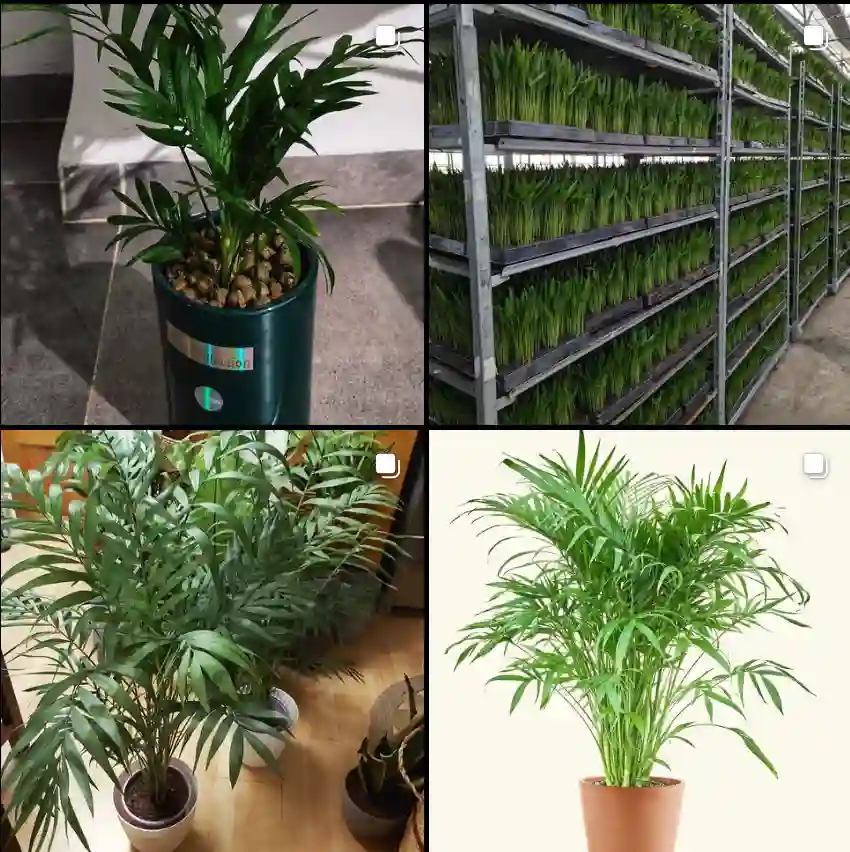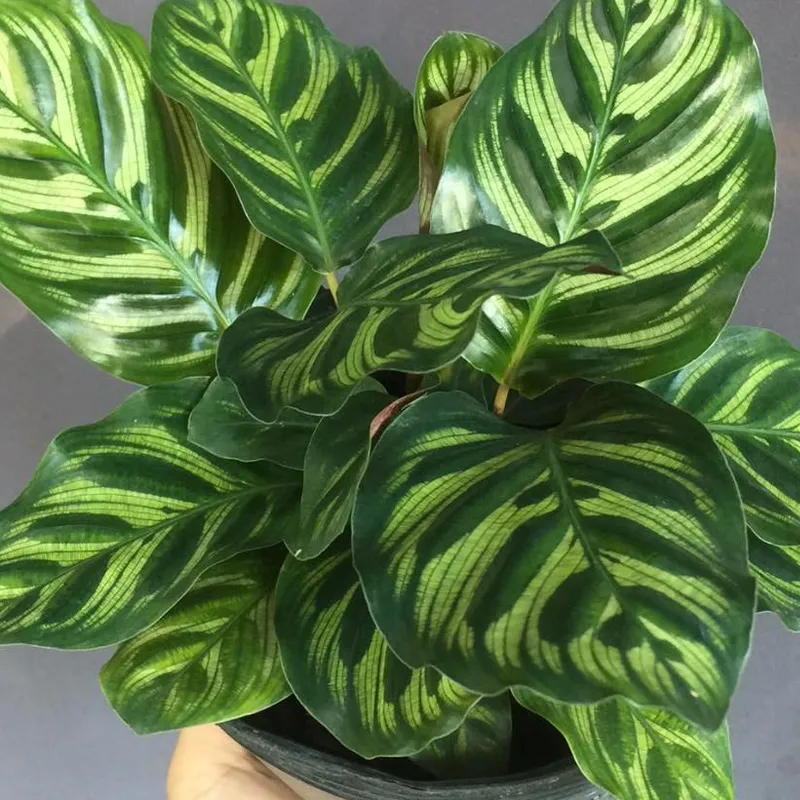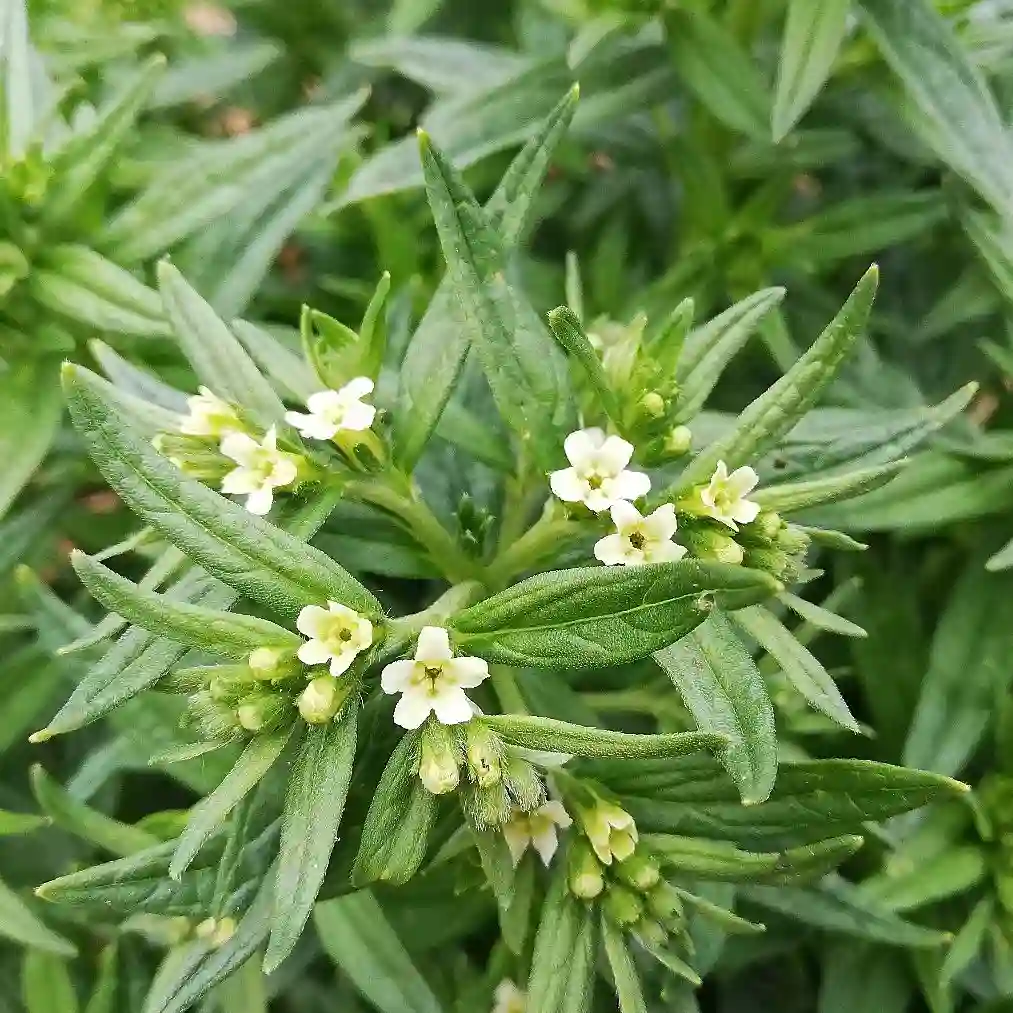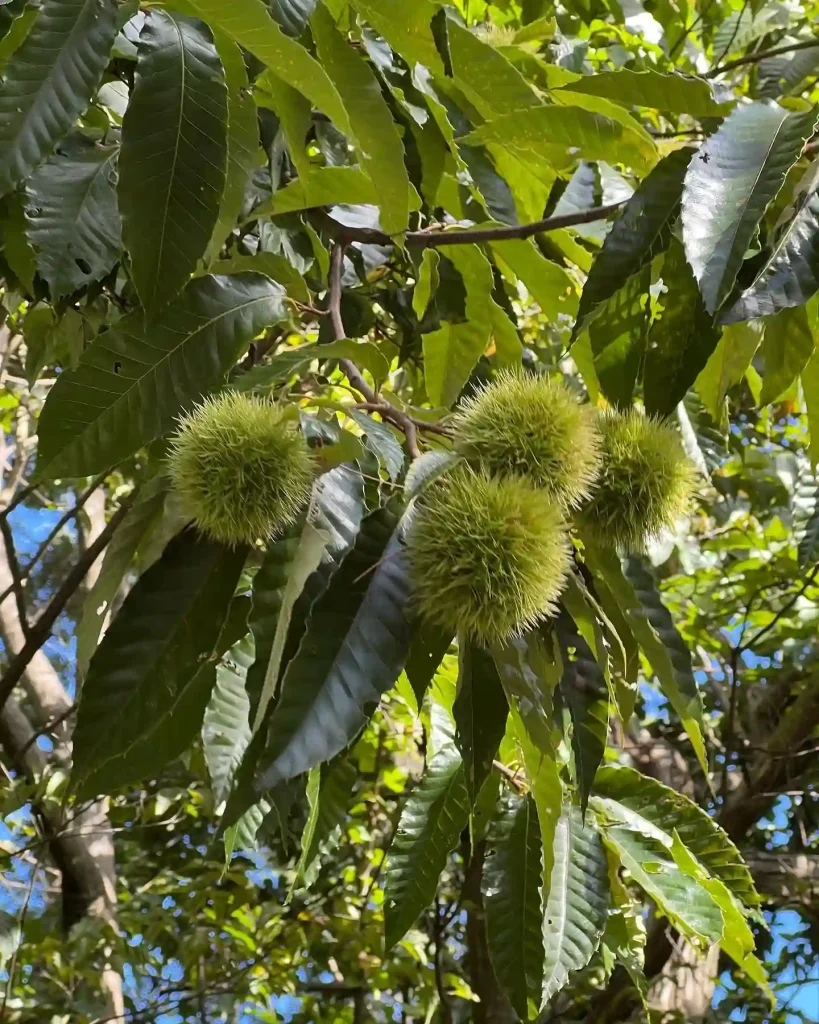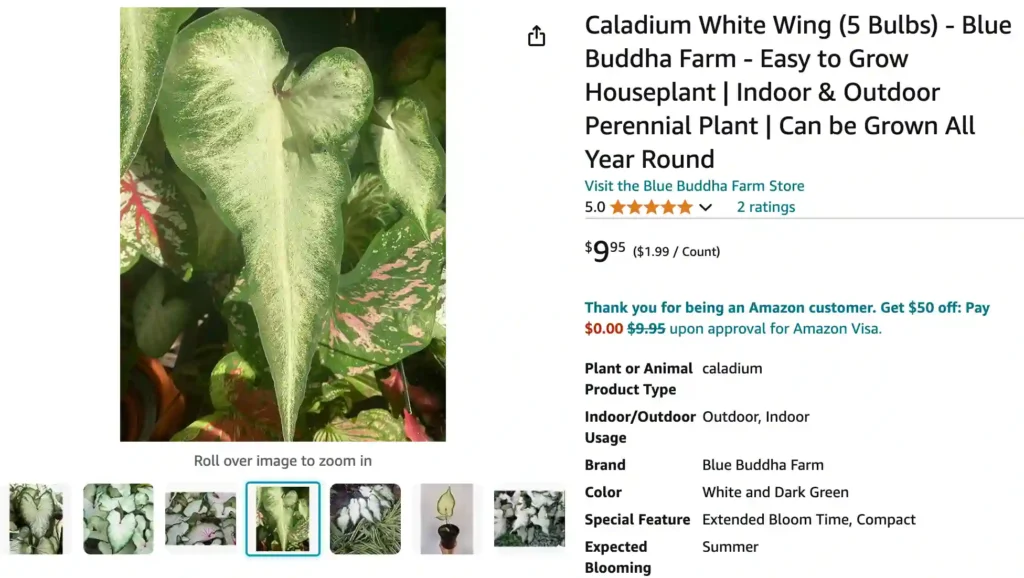
The Alluring Caladium White Wing: Your Guide to This Stunning Foliage Plant
As a plant enthusiast, I’m constantly drawn to unique and captivating varieties. The Caladium White Wing, with its striking white leaves and contrasting accents, has become a recent favorite. Over the past year, I’ve delved into the world of this caladium, and I’m here to share my learnings with you.
This article serves as a comprehensive guide for anyone interested in bringing the White Wing Caladium into their home or garden. We’ll delve into its care requirements, propagation methods, and ideal companions, ensuring you have all the information to cultivate this beauty successfully.
19 Species in Genus Caladium
What is Caladium White Wing?
The White Wing Caladium (Caladium White Wing) is a captivating tuberous perennial known for its stunning foliage. Unlike its vibrantly colored cousins, the White Wing boasts elegant white leaves with a touch of magic.
Imagine slender, lance-shaped leaves, predominantly white with vibrant green edges. A hint of rose-colored veins adds a delicate touch, while a captivating red “eye” often graces the top of the leaf. This unique combination creates a mesmerizing display, perfect for adding a touch of whimsy to any space.
How to Care for Caladium White Wing?
Caring for your White Wing Caladium is surprisingly easy. Here’s what you need to know:
- Light: While some caladiums thrive in full sun, the White Wing prefers partial shade or bright, indirect light. Direct afternoon sun can scorch its delicate leaves.
- Water: These beauties enjoy consistently moist soil, but avoid overwatering. Water deeply when the top inch of soil feels dry, and allow excess water to drain freely.
- Soil: Opt for a well-draining, fertile potting mix. A mixture of potting soil, perlite, and orchid bark can provide the ideal balance of moisture retention and drainage.
- Temperature: White Wing Caladiums prefer warm temperatures between 65°F and 80°F (18°C – 27°C). Avoid exposing them to sudden drops in temperature or drafts.
- Humidity: Moderate to high humidity is ideal for White Wing Caladiums. Grouping them with other humidity-loving plants or using a pebble tray filled with water can help create a more humid environment.
How to Propagate Your White Wing Caladium?
Propagating your White Wing Caladium allows you to create more of these stunning plants. Here are two effective methods:
- Division: When repotting in spring, you can carefully divide the tuberous clumps. Each division should have at least one “eye” or growth point. Plant each division in its own pot with fresh potting mix and care for it as usual.
- Leaf Cuttings: This method requires more patience but can be rewarding. Select a healthy leaf with a prominent petiole (leaf stalk). Cut the petiole at an angle just below a node (the bump where the leaf joins the stem). Dip the cut end in rooting hormone and plant it in a pot with moist, well-draining soil. Keep the soil moist and provide warmth and indirect light. New growth should emerge in a few weeks.
What to Plant with Your White Wing Caladium?
The White Wing Caladium’s elegant white foliage pairs beautifully with a variety of plants. Here are some suggestions:
- Caladiums with contrasting colors: For a bolder look, consider pairing your White Wing with vibrantly colored caladium varieties like ‘Florida Sweetheart‘ or ‘Red Frill’.
- Ferns: The lush greenery of ferns complements the White Wing Caladium’s delicate leaves. Try Maidenhair Fern or Staghorn Fern for a tropical vibe.
- Begonias: The vibrant blooms of begonias add a pop of color alongside the White Wing’s white foliage. Opt for shade-loving begonias like Begonia rex or Begonia fuchsiifolia.
- Bromeliads: The unique textures and colors of bromeliads like Vriesea or Aechmea create a visually interesting combination with the White Wing Caladium.
Is the White Wing Caladium poisonous?
Yes, like most caladiums, the White Wing Caladium is toxic if ingested. Keep it out of reach of children and pets.
Why are the leaves of my White Wing Caladium drooping?
Underwatering, excessive sunlight, or even pests can cause drooping leaves. Check the soil moisture and light conditions, and rule out any pest infestations.
How often should I fertilize my White Wing Caladium?
During the growing season (spring and summer), a balanced fertilizer diluted to half strength can be applied every two weeks. Avoid fertilizing during dormancy (winter).
How far to space White Wing Caladiums?
Spacing your White Wing Caladiums depends on their mature size and whether they’re planted in containers or the ground. Here’s a breakdown:
- In Containers: When planting White Wing Caladiums in pots, aim for a spacing of 6-8 inches (15-20 cm) between tubers. This allows enough room for each plant to grow without overcrowding.
- In the Ground: In garden beds, space your White Wing Caladiums 10-12 inches (25-30 cm) apart. This spacing provides adequate room for growth while still creating a full and lush display.
Remember, these are general guidelines. Consider the specific size of your White Wing Caladiums and adjust the spacing accordingly. If your plants are on the smaller side, you can get away with slightly closer spacing. Conversely, for larger varieties, a bit more breathing room will be beneficial.
Additional Tips for White Wing Caladium Success
- Dormancy: In colder climates, White Wing Caladiums enter dormancy during winter. The leaves will die back, and the tubers can be stored in a cool, dark location with temperatures between 50°F and 60°F (10°C – 15°C). Replant the tubers in spring once the danger of frost has passed.
- Pests and Diseases: White Wing Caladiums are generally pest and disease resistant. However, keep an eye out for common houseplant pests like mealybugs and spider mites. Treat them promptly with an insecticidal soap or neem oil solution.
- Enjoy the Beauty: With proper care, your White Wing Caladium will reward you with its captivating foliage throughout the growing season.
By following these guidelines and providing your White Wing Caladium with the right environment, you can cultivate a thriving and stunning addition to your indoor or outdoor space.
If i die, water my plants!
